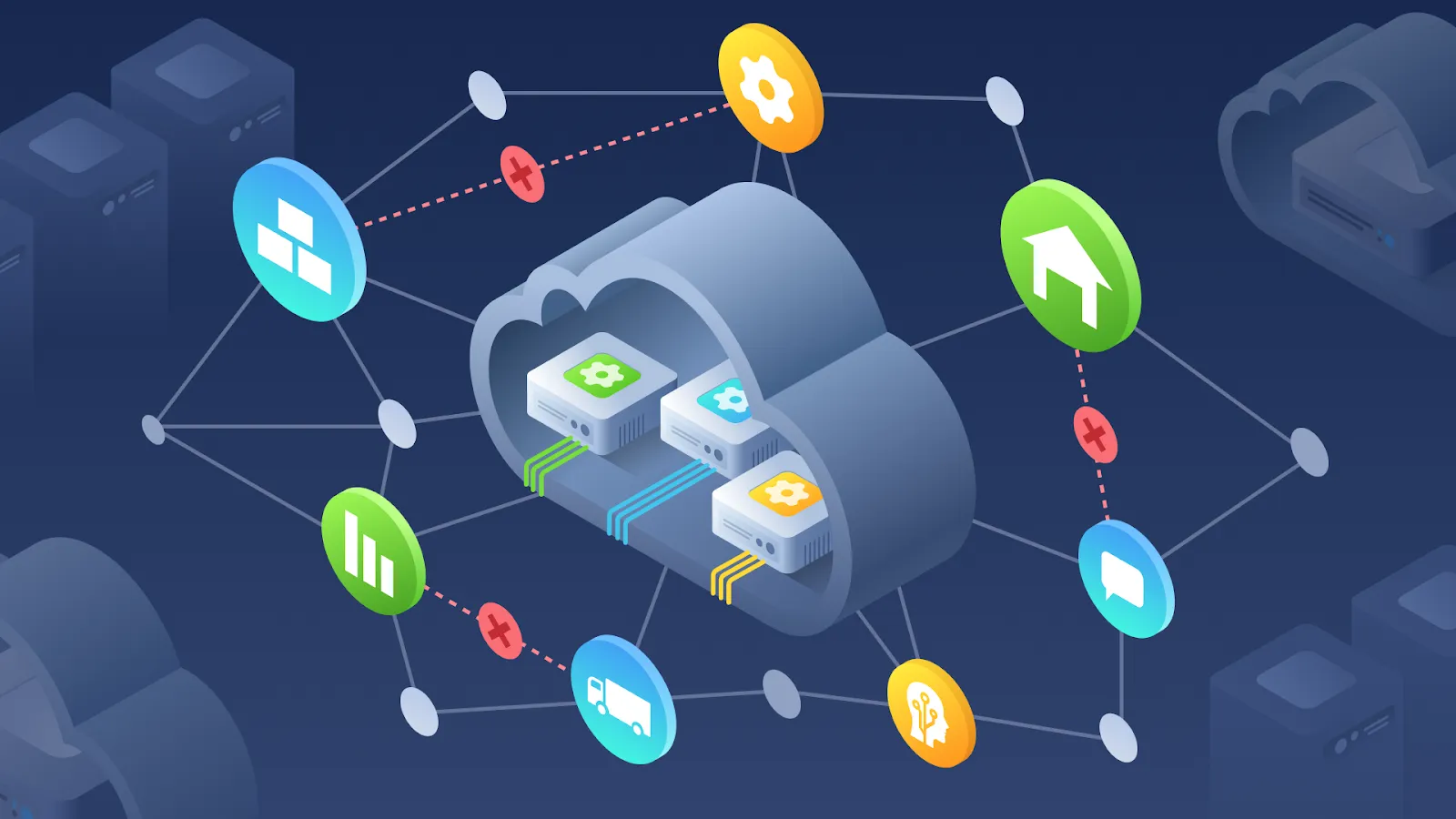What Are Functional Requirements?
Functional requirements are a set of features that a software system must have to achieve its intended purpose. They describe the core functions and operations that the software must perform and the expected results. For instance, a functional requirement of a payment gateway system could be the ability to accept various modes of payment such as credit cards, debit cards, PayPal, and Apple Pay. Functional requirements can be derived from the client’s requirements, user personas, industry standards, and regulations.
Why Are Functional Requirements Important?
Functional requirements are important for various reasons. Firstly, they help define the scope of the software development project. Clear and concise functional requirements can help project managers and developers to work within a defined scope and minimize scope creep. Additionally, they help with risk management by outlining the client’s expectations and the software system’s capabilities. Functional requirements also form the basis for testing and quality assurance activities. If the software’s functionality cannot be tested or assured, it may not meet the client’s requirements, resulting in dissatisfaction or project failure.
How to Define Functional Requirements?
Defining functional requirements requires collaboration between the development team and clients. Here are some essential steps to follow when defining functional requirements.
- Identify the stakeholders: Stakeholders can include the client, product owner, end-users, and development team. Identify and prioritize their needs as they relate to the software system.
- Create user personas: User personas represent the different types of end-users who will be interacting with the software system. They help clarify the desired functionality and user experience.
- Develop use cases: Use cases represent the interactions between the user persona and the software system. Use cases help describe the user’s goals and should cover all possible scenarios.
- Write functional requirements: Based on the use case, write functional requirements that outline the expected results and behavior of the software system.
- Review and validate requirements: Review and validate the functional requirements with the product owner and development team to ensure that they are feasible, testable, and meet the client’s needs.
Examples of Functional Requirements:
Here are some examples of functional requirements that a software development project might require:
- A social media platform must allow users to create a profile, post photos and videos, follow other users, and comment on posts.
- An e-commerce platform must allow customers to search for products, add products to a cart, and check out using various payment methods.
- A web application must allow users to upload and download files, sort and filter files, and create tags to group them.
Conclusion:
Defining functional requirements is a critical step in the software development project’s lifecycle. It helps to clarify the client’s needs, expectations, and the software system’s capabilities. By identifying essential functional requirements, development teams can work towards building a software system that meets the client’s needs and expectations. However, functional requirements are not set in stone and should be flexible enough to cater to changing needs and new requirements. By following the guidelines outlined in this blog post, development teams can define and validate functional requirements effectively and mitigate risks for the software development project.




